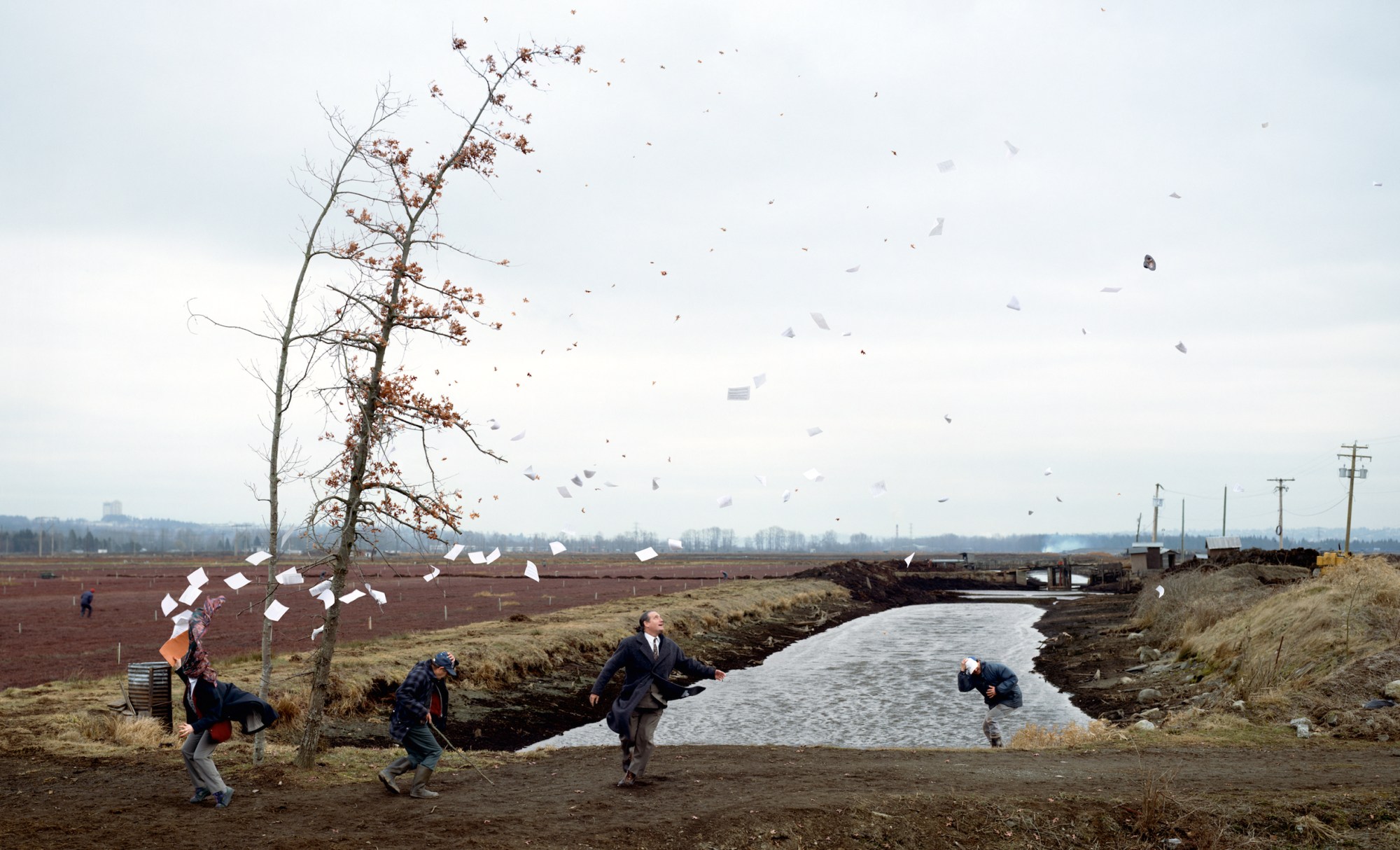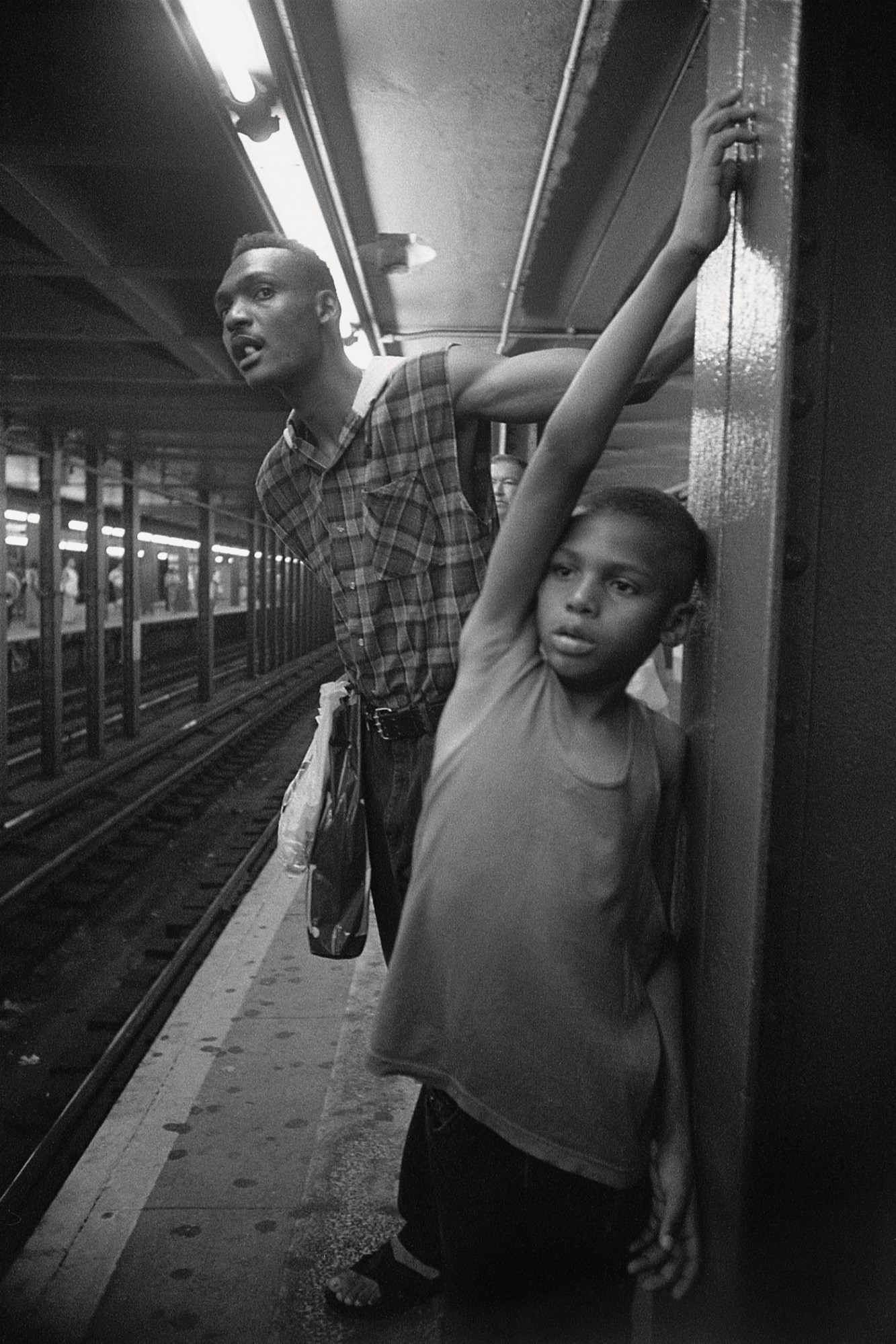The way we capture and consume street photography has changed drastically in the 23 years since Colin Westerbeck and Joel Meyerowitz first released Bystander (1994) — an exhaustive survey of history’s most influential street photographers. So much so, in fact, the two professors felt it was necessary to publish a new edition of the book in 2017. Including images of vintage billboards and 90s fashion (shoutout to the fanny packs) the book allows us to see what the streets of New York looked like pre-iPhone.
For their updated edition of Bystander, now available in stores, Westerbeck and Meyerowitz added a chapter dedicated to the rise of digital photography. The new text examines the obsession with urban spaces, action shots, and consumerism seen in the images of 90s and early-00s photographers like Noel Camardo and Richard Bram.
Street photography is a rapidly evolving genre, encompassing both 19th-century photographs of bonnets and top hats and contemporary hypebeasts’ Instagram snapshots. But Westerbeck, a professor at UCLA, insists that although the medium’s methods and subjects have changed, strong street photography always achieves the same effect. That is, it captures the fabulous rush and immediacy of our day-to-day lives. He talks to i-D about the distinct aesthetic of 90s street photography and how digital cameras changed the game.

Why did you feel the need to revisit Bystander ?
The book was originally published in 199, and there was an updated paperback version in 2001, but hadn’t updated it since. One major change is there are now more street photographers than ever before. I wanted to explore the impact of postmodernism on the history of photography as an art form and what has transpired in the 25 years since the book was first published. The first edition really explored a shift in street photography that was beginning to happen, but wasn’t entirely clear yet. So this new edition really required a new essay and look back. I rewrote the entire book.
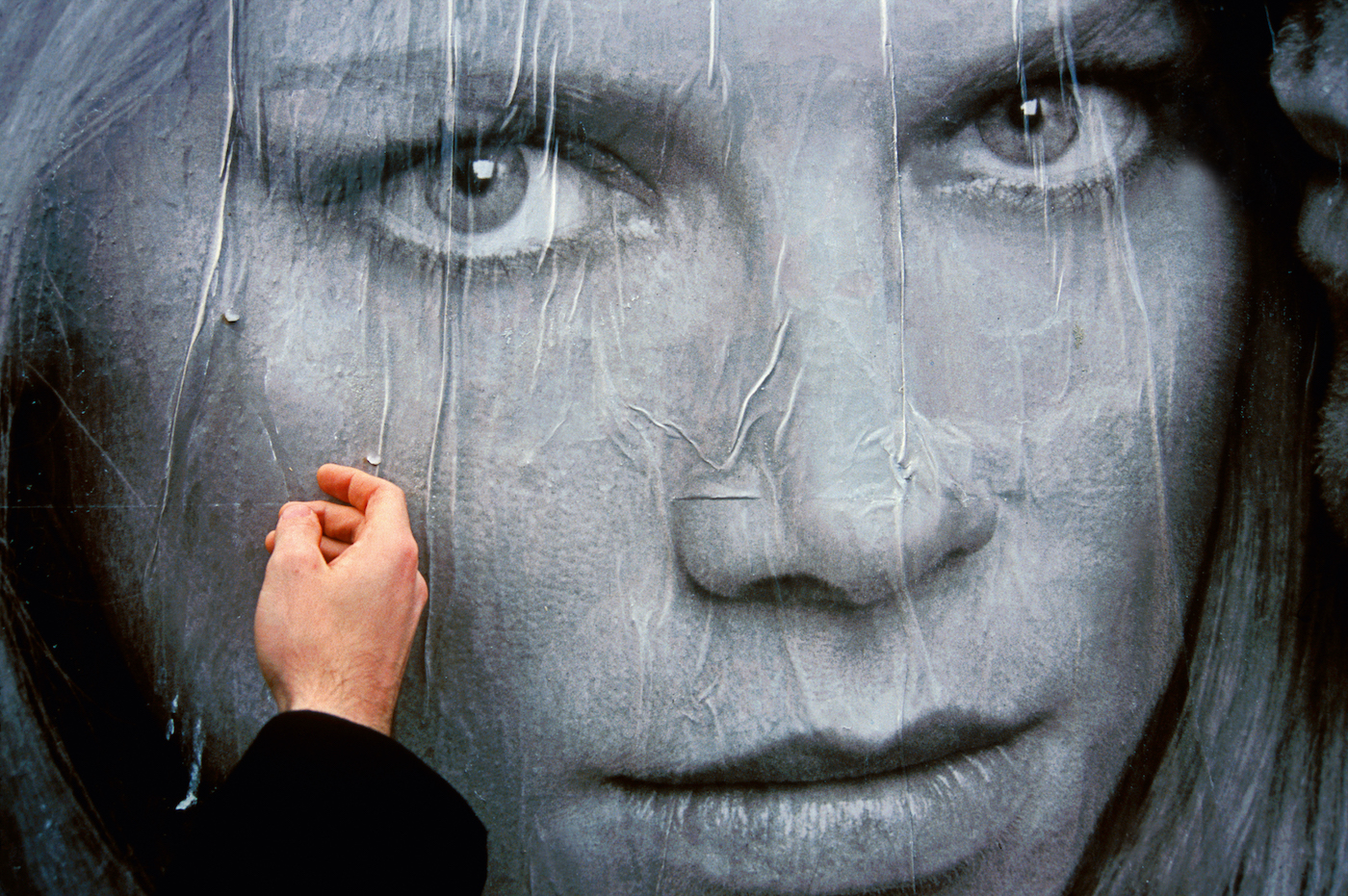
Obviously, Instagram wasn’t around when you first published Bystander . Do you think the platform has changed street photography in a big way?
I think for most street photographers, Instagram is just too random and cluttered to be an efficient distribution network. Part of the reason Joel and I put together Bystander was to help street photographers. When I give talks, tons of people show up — because so many people do street photography on an amateur basis and want to be put in touch with other street photographers. Instagram is too chaotic to really do that.
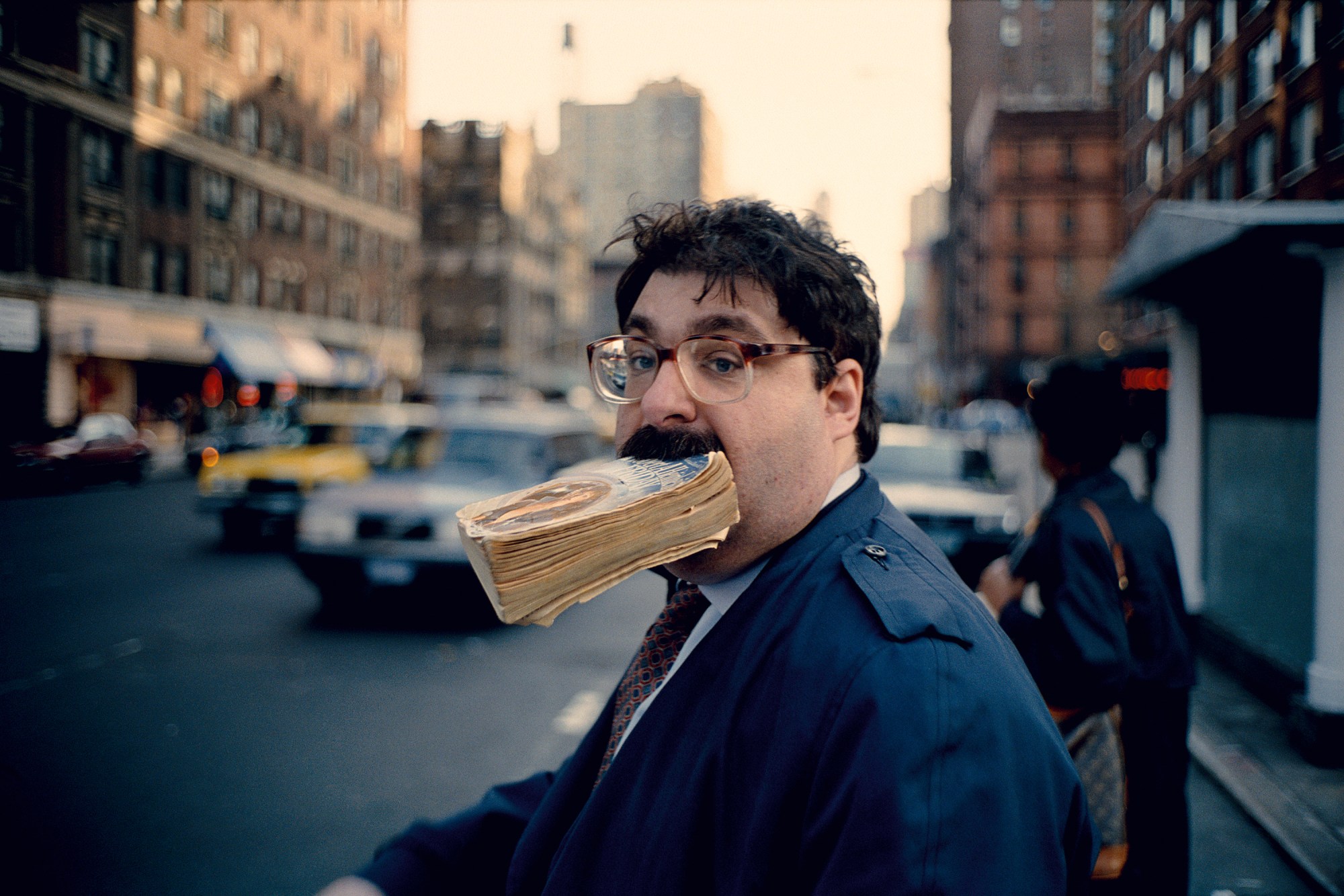
Photography Jeff Mermelstein, New York City, 1993. Courtesy of Laurence King Publishing.
What are some of the defining qualities of 90s street photography?
The signature qualities are the same as they’ve been for most of history. At first, street photography was constrained by the limits of film photography. You took the photo and then went and dealt with the photos you thought were interesting. But now almost all street photographers use digital. It’s made street photography a lot easier and more accessible. In fact, it’s made it too easy. Because it used to be you went out with two or maybe three rolls of a film and walk around. Now, not only can you keep checking your photos as you shoot them, but you can also take 300 if you want!

And how does that affect the kind of work photographers produce?
It results in photographers editing as they go. Which is a mistake. Street photographers from the film era can tell you, after they shot they would make contact sheets and there would always be images that made them say, What was I thinking there? It was an impulsive medium and only after you took the photos could you look at what you got. You would realize over time an emerging pattern to your work, a new instinct.
Street photography is a medium that sort of works on the subconscious — you haven’t got time to make a conscious decision, you just follow your instinct. Sometimes you don’t understand your own instincts until they begin to emerge as a pattern. If you lost that pattern by dumping the digital files in your camera without even looking at or saving stuff, you have deprived yourself.
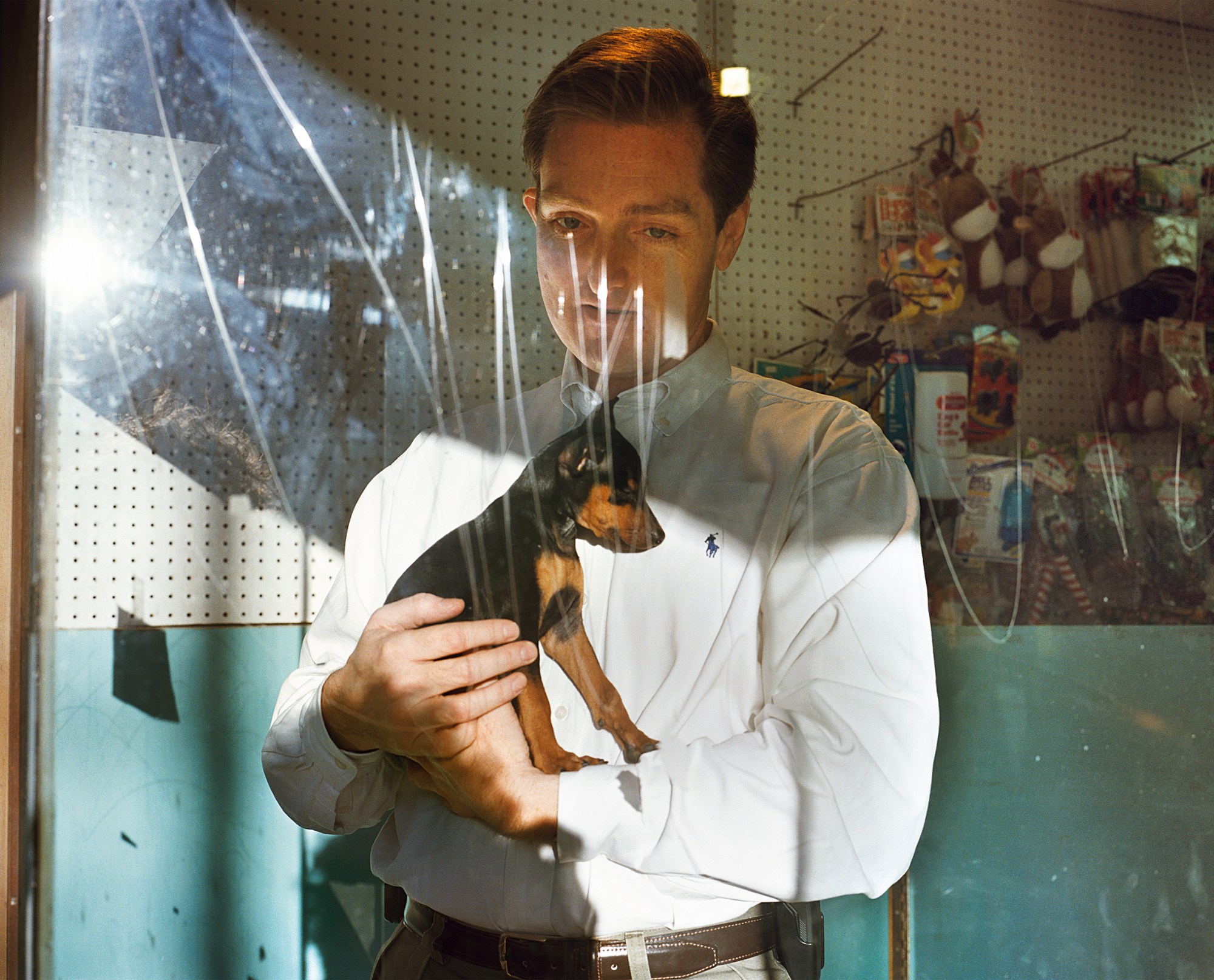
The digital photographs in the book sometimes feel like they were taken haphazardly. Do contemporary photographers have a distinctly new approach to taking photos?
Classic street photographers really worked with formalism. For example, in Henri Cartier-Bresson’s photography, there’s usually a very resolved composition. He tends to make pictures where elements of the frames play off and complement each other. The approach creates a picture that is totally resolved as a single image and self-contained. And in the 1930s, because of the politics behind the Great Depression, sponsored groups were sent out around America to take photos and capture what things were like in the middle of this crisis.
Then in the post-war era — starting most prominently in America with Robert Frank — pictures become more open-ended. They begin to deal with a photojournalism about everyday life. It becomes more about how a series of photos relate to each other— and the “photography book” begins to matter much more in conveying themes and ideas.
